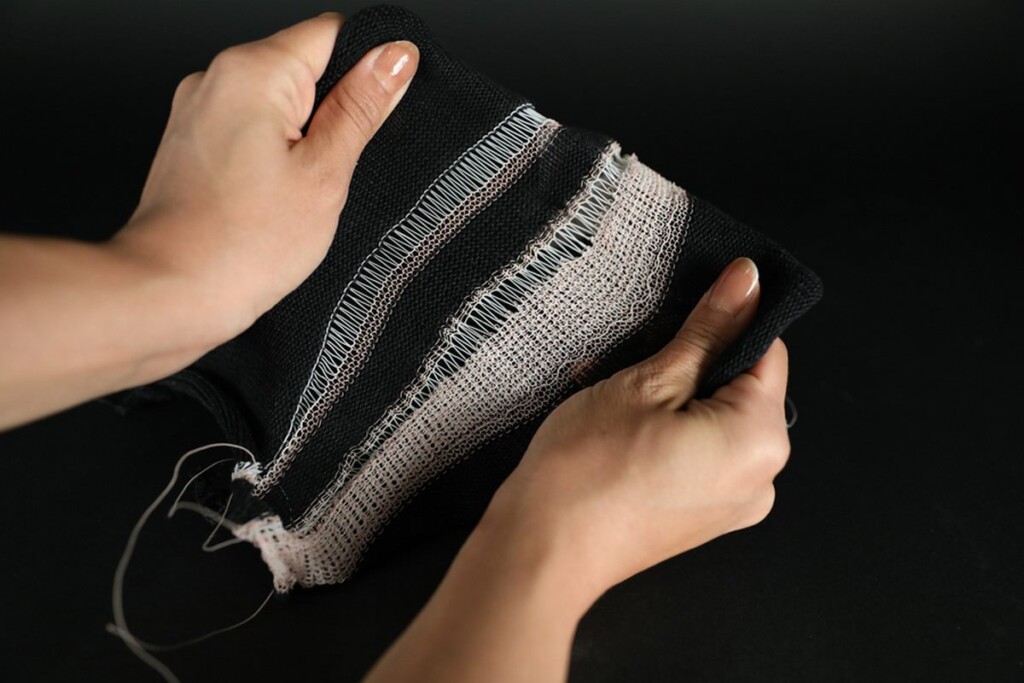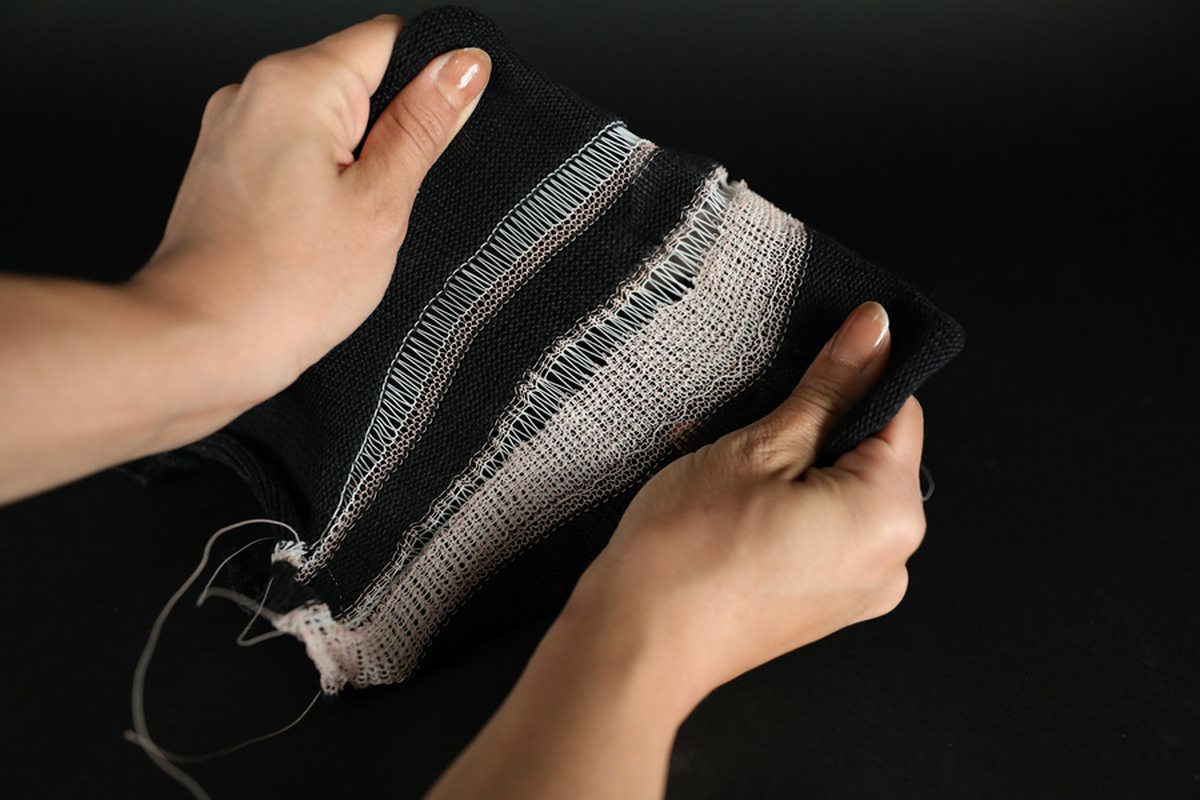
Imagine if the same forces that shrink your wool sweater when you forget what water temp to wash it at could be used at will to decide the fit of your clothes in real-time.
This is the aim of a project at MIT looking to make shape-shifting fabrics for everything from medical devices to everyday clothes to utility tools like tarps and nets.
The project has produced the prototype of a programmable, actuating fiber that’s called FibeRobo. The fiber contracts in response to an increase in temperature, and then self-reverses when the temperature decreases, without any embedded sensors or other hard components.
“We use textiles for everything. We make planes with fiber-reinforced composites, we cover the International Space Station with a radiation-shielding fabric, we use them for personal expression and performance wear,” says Jack Forman, a graduate student in the Tangible Media Group of the MIT Media Lab, with a secondary affiliation at the Center for Bits and Atoms, and lead author of a paper on the actuating fiber.
“So much of our environment is adaptive and responsive, but the one thing that needs to be the most adaptive and responsive—textiles—is completely inert.”
Joined on the paper by 11 other researchers at MIT and Northeastern University, they present together the findings of their initiative to develop a fiber that could silently change shape and be compatible with existing textile manufacturing methods.
They developed a material called liquid crystal elastomer (LCE) and then invented a machine that squirts this material out like a hot glue gun into a chamber where it’s bathed in UV light to solidify it.
Spooled up at the top of the machine, Forman and his team can produce a little more than half a mile of fiber per day that fits the specifications for tensile strength, fineness, and durability that allows it to be used with weaving looms, embroidery tools, and industrial knitting machines.
MIT press explains that by carefully mixing chemicals to synthesize the LCE, the researchers can control the final properties of the fiber, such as its thickness or the temperature at which it actuates.
MORE INNOVATIVE FABRICS: MIT Scientists Develop the Perfect Breathable Earth-Friendly Fabric Using The Same Material as Single-Use Bags
They perfected a preparation technique that creates LCE fiber which can actuate at skin-safe temperatures, making it suitable for wearable fabrics.
“At the end of the day, you don’t want a diva fiber. You want a fiber that, when you are working with it, falls into the ensemble of materials—one that you can work with just like any other fiber material, but then it has a lot of exciting new capabilities,” Forman says.
SIMILAR SOFT ROBOTICS: These Flabby Gel Robots Could Deliver Life-Saving Drugs by Inching Along Using Changes in Temperature
Some of the finished properties are really cool. At 60 times cheaper than similar shape-changing fabrics, the fiber can shrink at a ratio of 25% of its size, shrinking when heat is applied (think of a self-constricting compression sleeve that activates during sport or exercise) or 40% of its total size for the less-than-skin-safe version, (imagine a tarp that auto-compresses around a pallet of goods).
Forman used it to make a compression vest for his dog Professor, who suffers from separation anxiety, for which compression vests have been known to help.
The LCE is not recyclable in its current form, but most clothes end up in landfills because they don’t fit or they’re unwanted. A shape-changing fabric would solve those two issues at least, and in any case, products made with FibeRobo would probably cost enough to dissuade simply throwing it away when you’ve had enough of it.
WATCH the machine and the textile in action below…
SHARE This Wild And Exciting Piece Of Fabric With Your Friends…




















